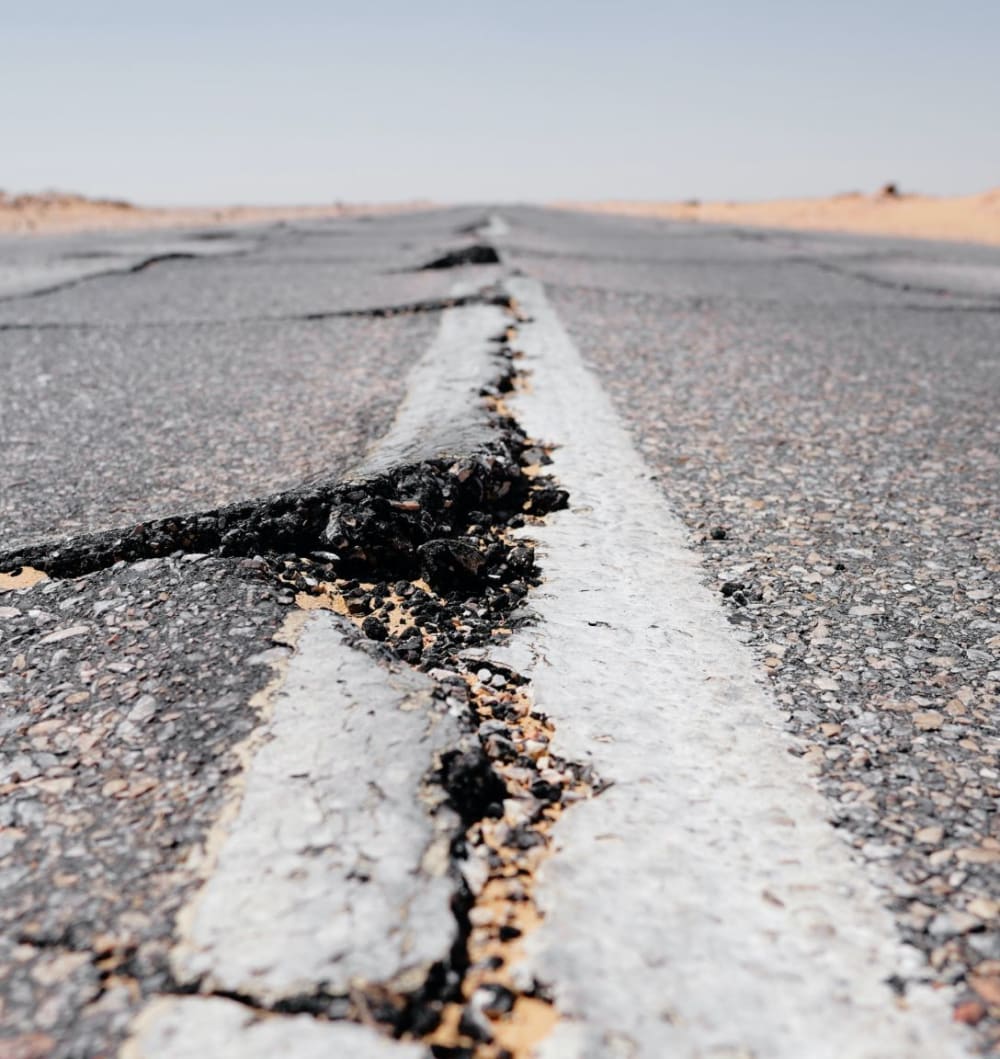Transportation Infrastructure
Roads, bridges, highways, airports

Void filling is the process of restoring stability to soils and structures by filling underground cavities with expanding polymers. These voids, often caused by erosion, groundwater movement, or decaying utilities, can compromise foundations, pavements, and critical infrastructure if left untreated.

Void filling eliminates subsurface cavities that weaken soils and threaten infrastructure. This trenchless process restores support, reduces risk, and extends the service life of critical assets.
Restores support where voids have developed beneath structures
Fills subsurface cavities to prevent settlement and pavement failure
Eliminates voids that cause differential settlement at approach slabs
Seals voids around buried drainage structures to prevent washouts
Fills cavities caused by leaking water, sewer, or energy lines
Stabilizes soils and fills voids behind bulkheads, seawalls, and docks
Void filling is applied across industries where underground cavities threaten safety and performance. From roadways and bridges to utilities and marine structures, this solution provides long-term protection and reliable support.
Roads, bridges, highways, airports
Stormwater, utilities, and public works
Facilities, warehouses, and process areas
Developments, campuses, and retail spaces
Seawalls, docks, and waterfront assets
Pipelines, substations, and underground infrastructure
1
Voids identified through inspection, testing, or subsurface scanning
2
Injection strategy developed for void size, soil type, and structure needs
3
Small-diameter injection ports drilled at strategic locations
4
Expanding polymers fill voids and reinforce surrounding soils
5
Injection pressures and material placement tracked in real time
6
Final testing ensures voids are sealed and stability is restored
Have a project in mind or need more details about our services? Connect with our team today to discuss your challenges and learn how URETEK solutions can deliver lasting results.